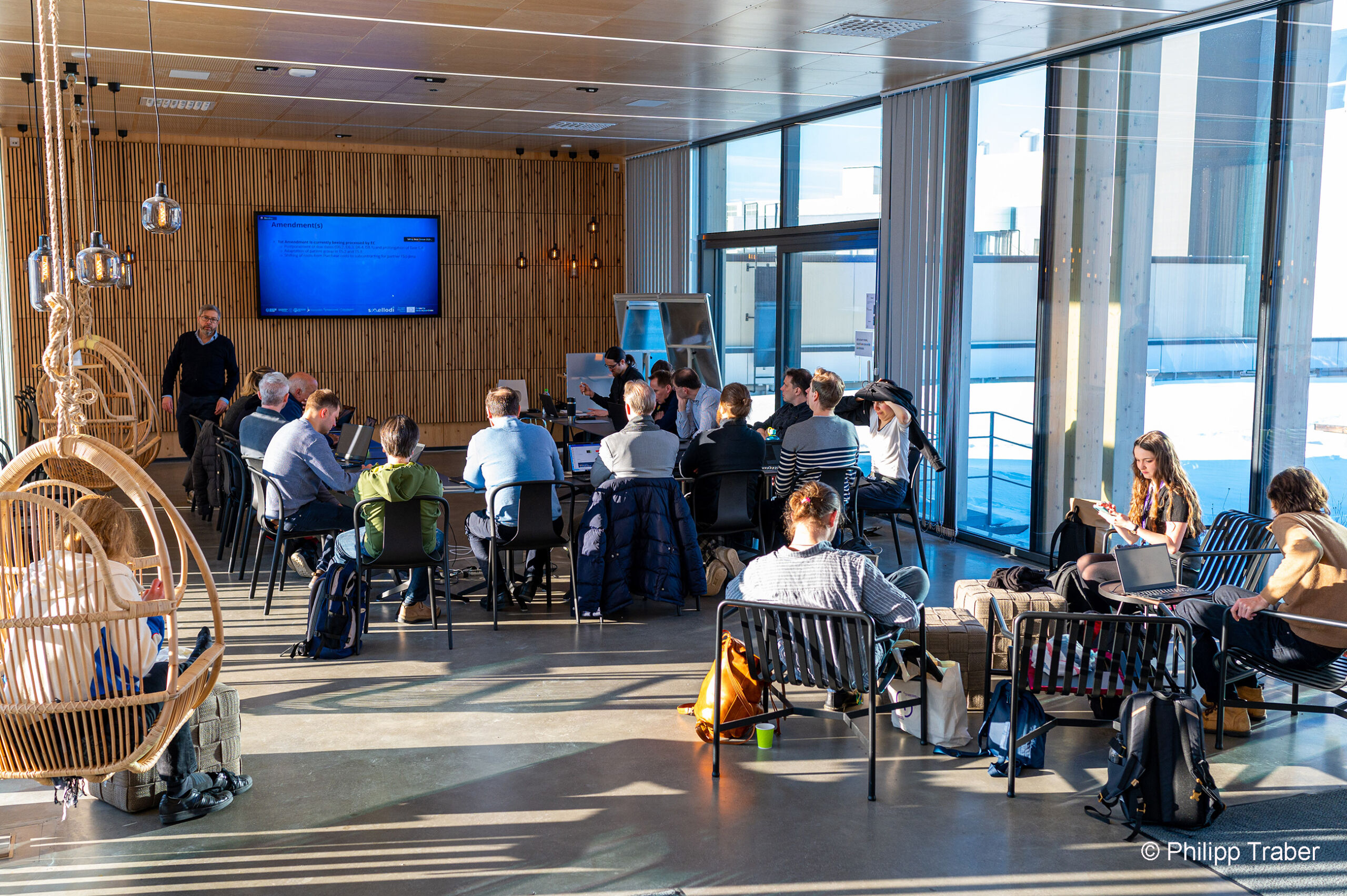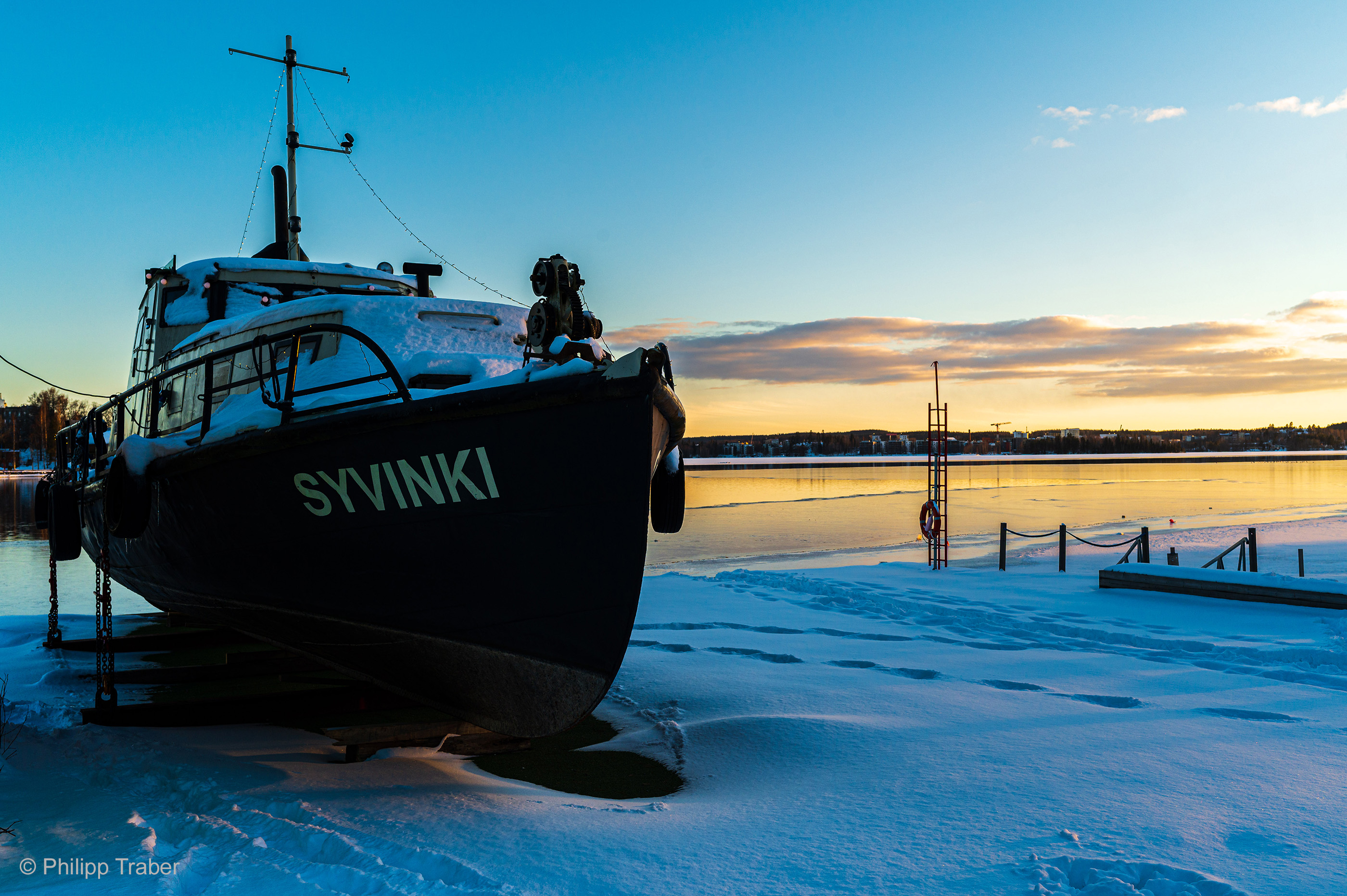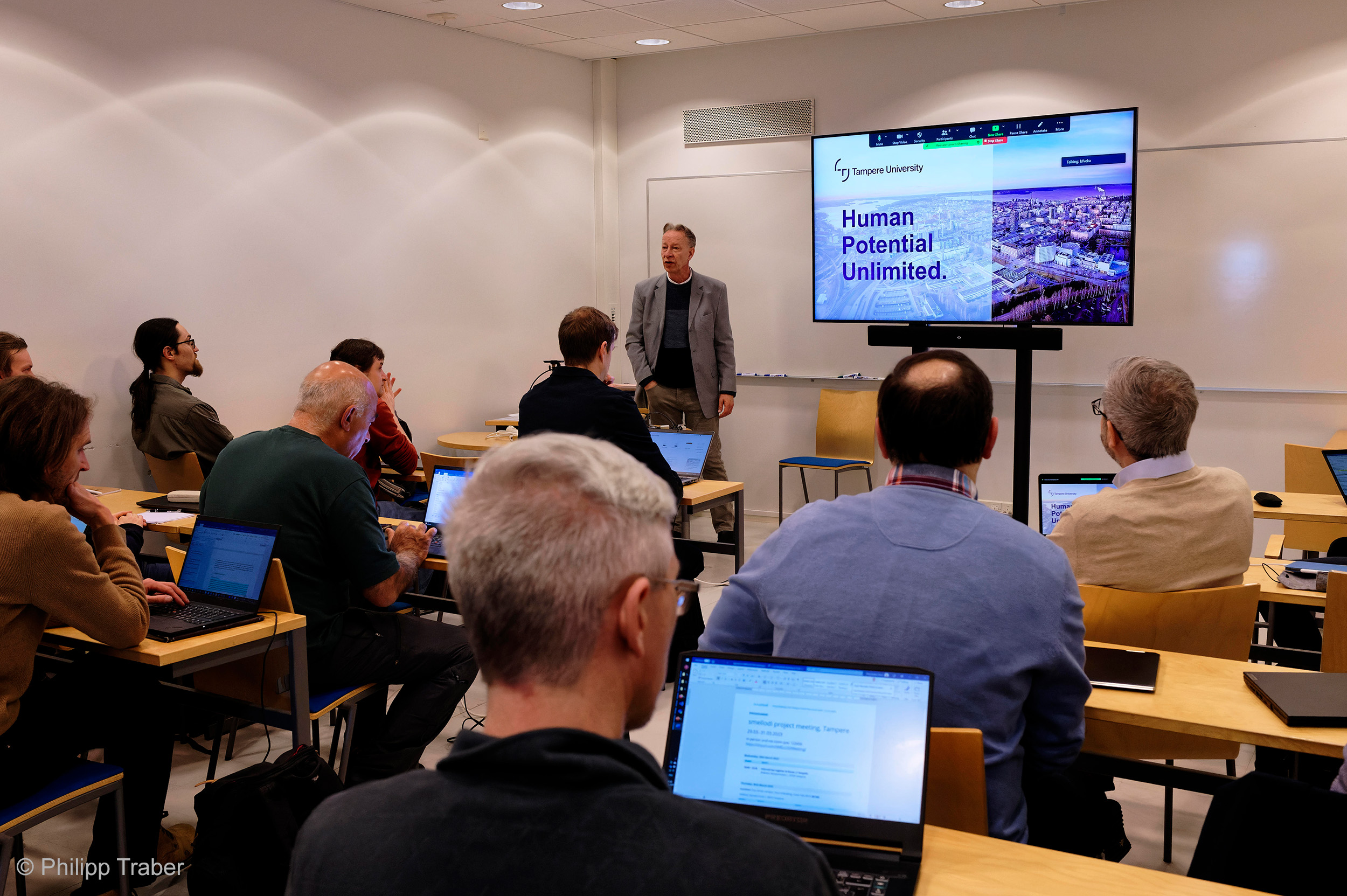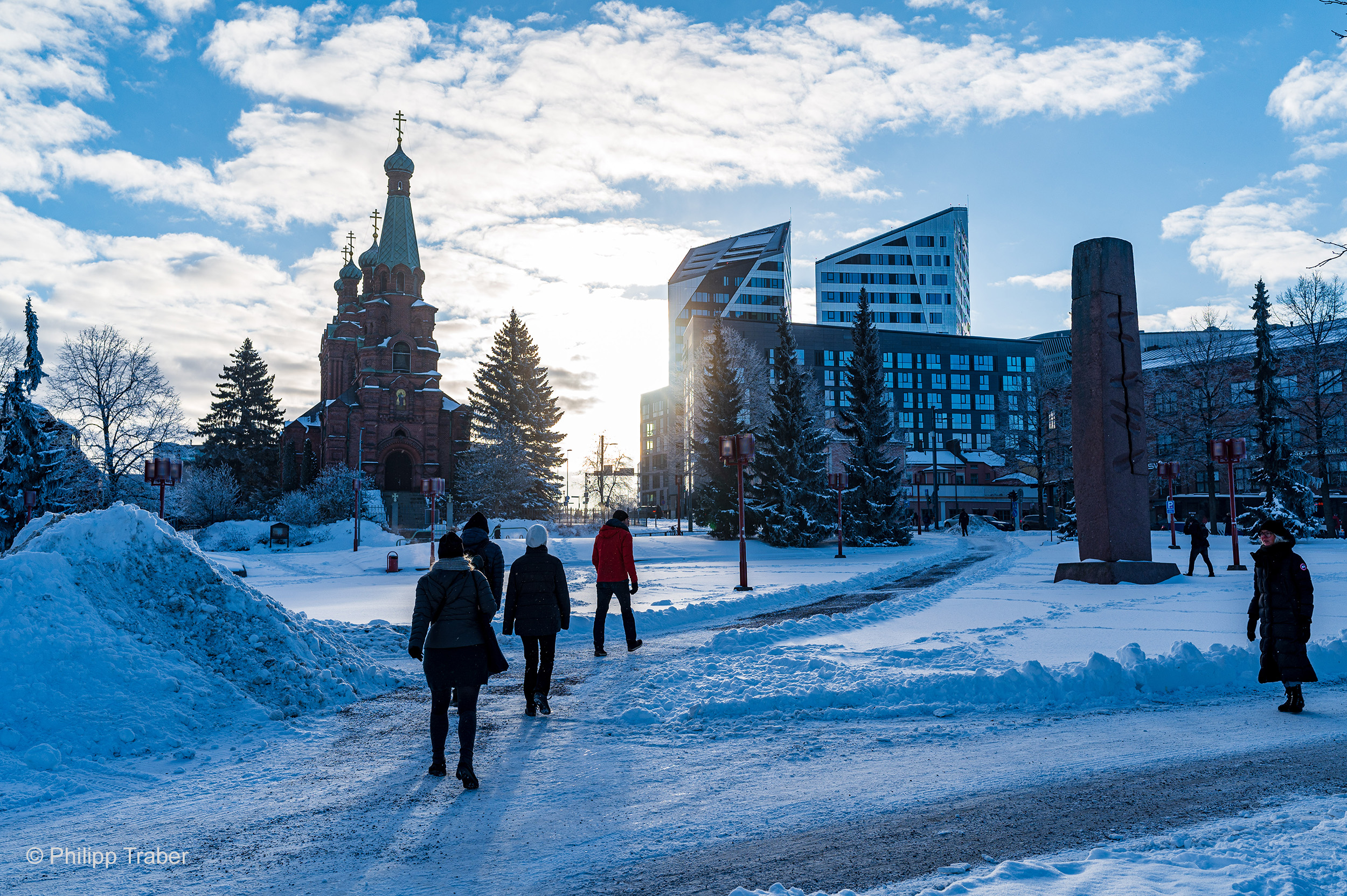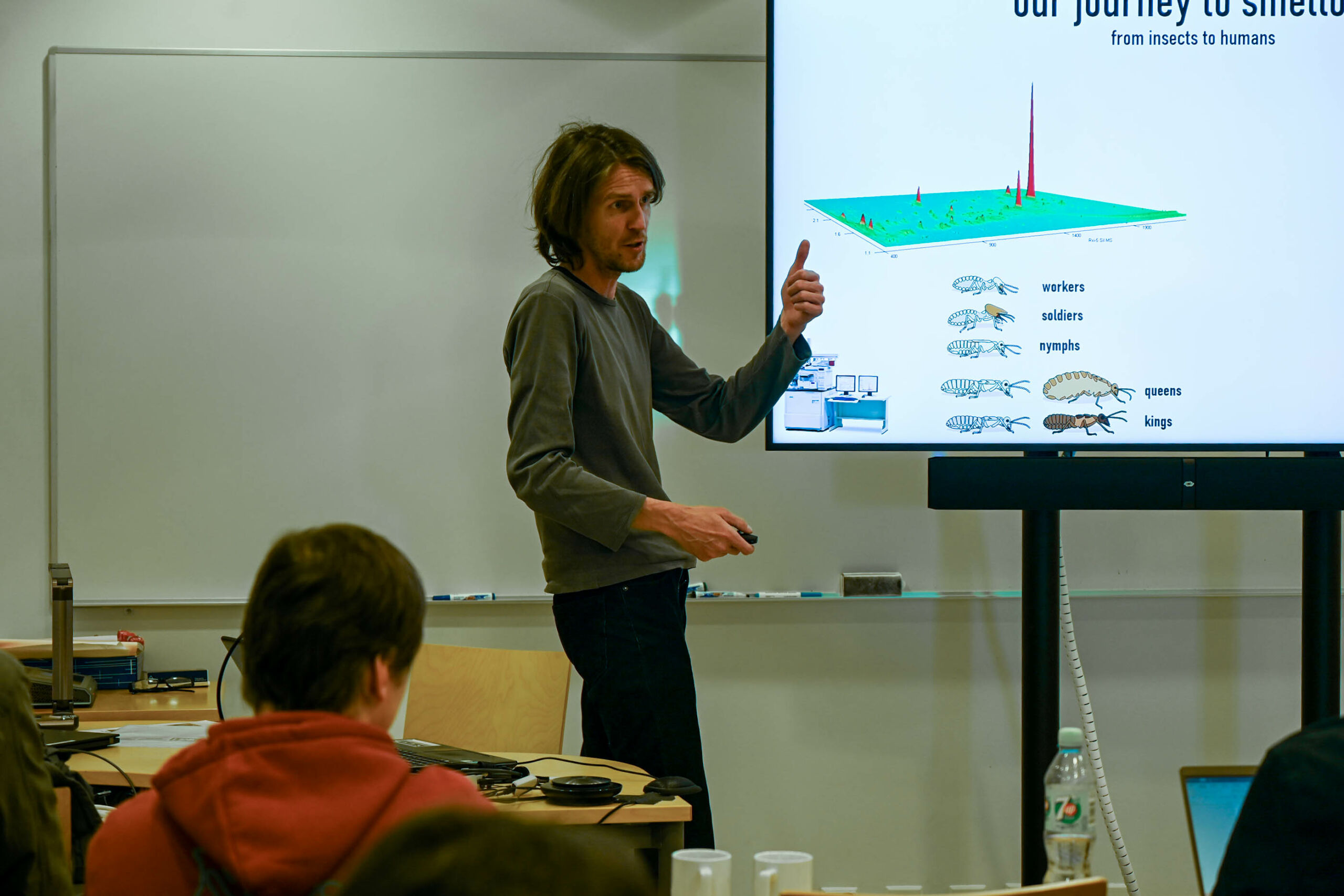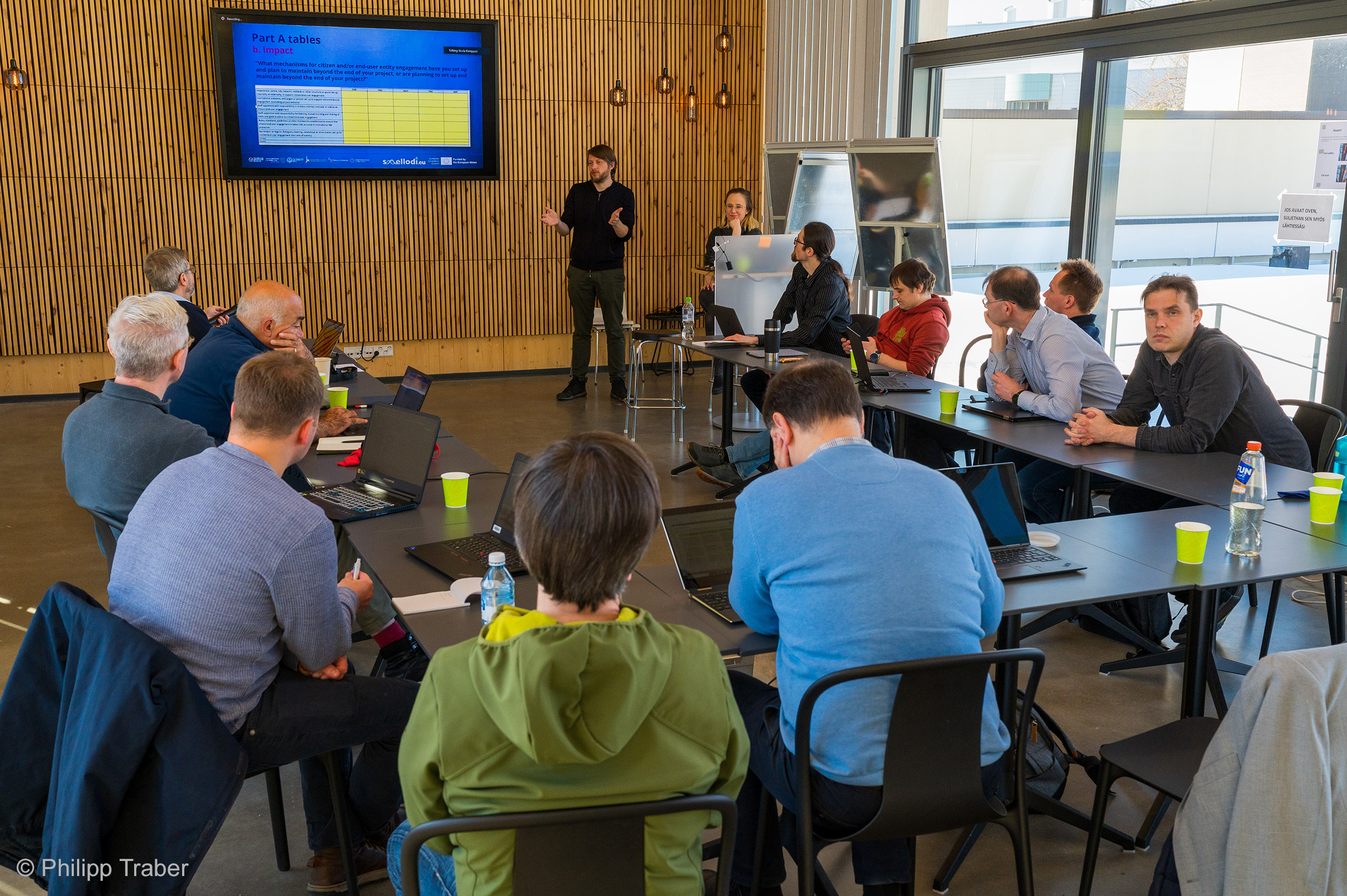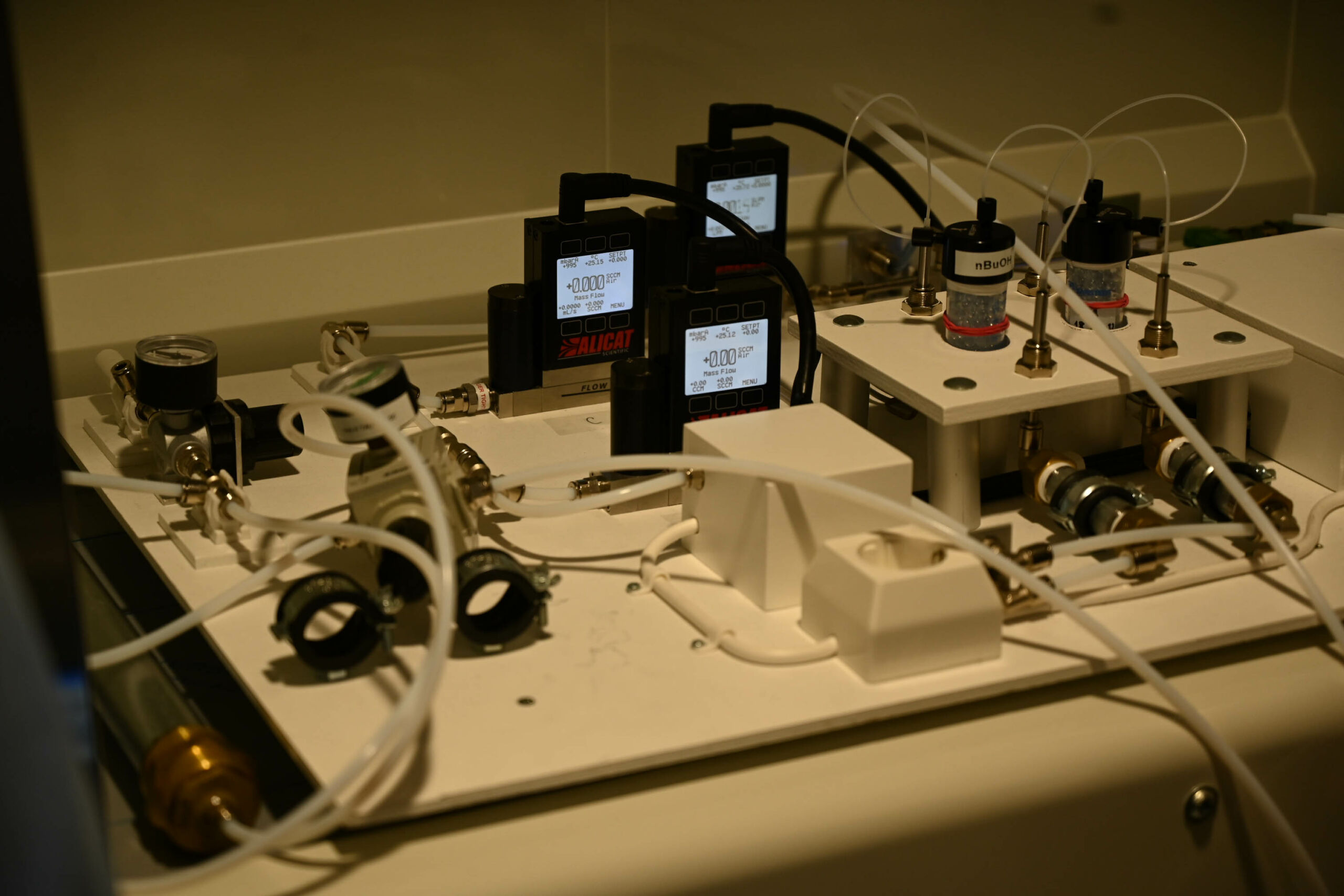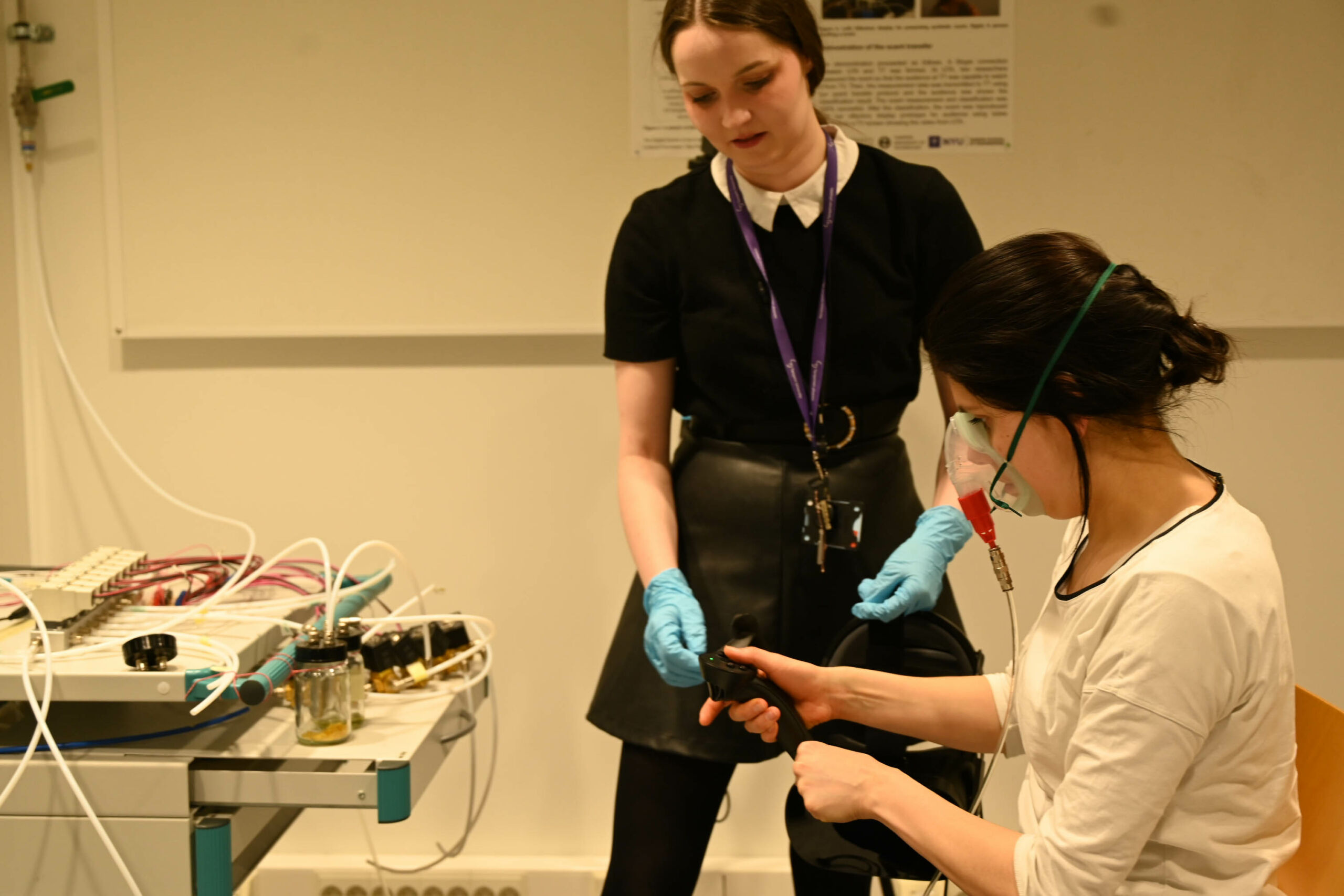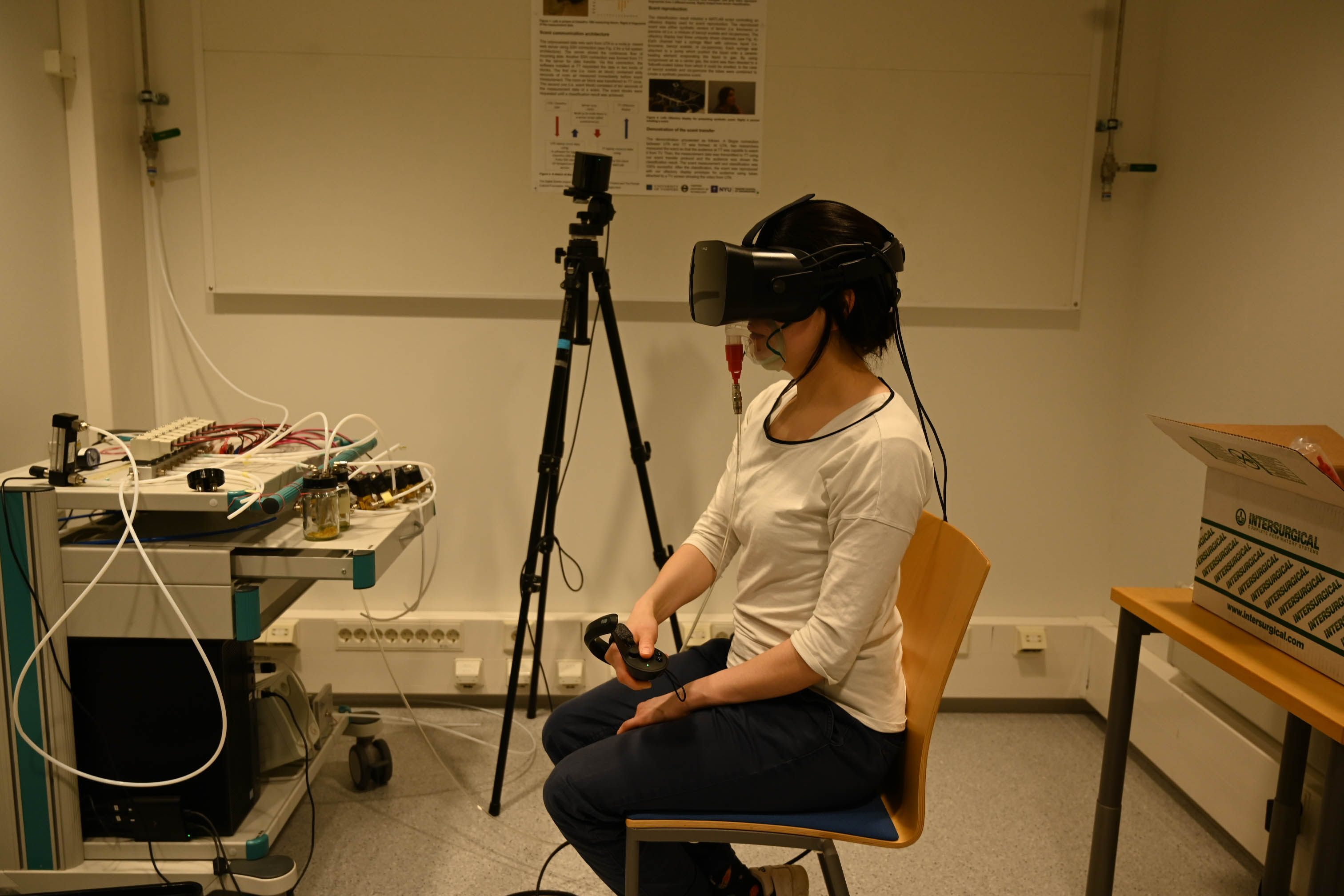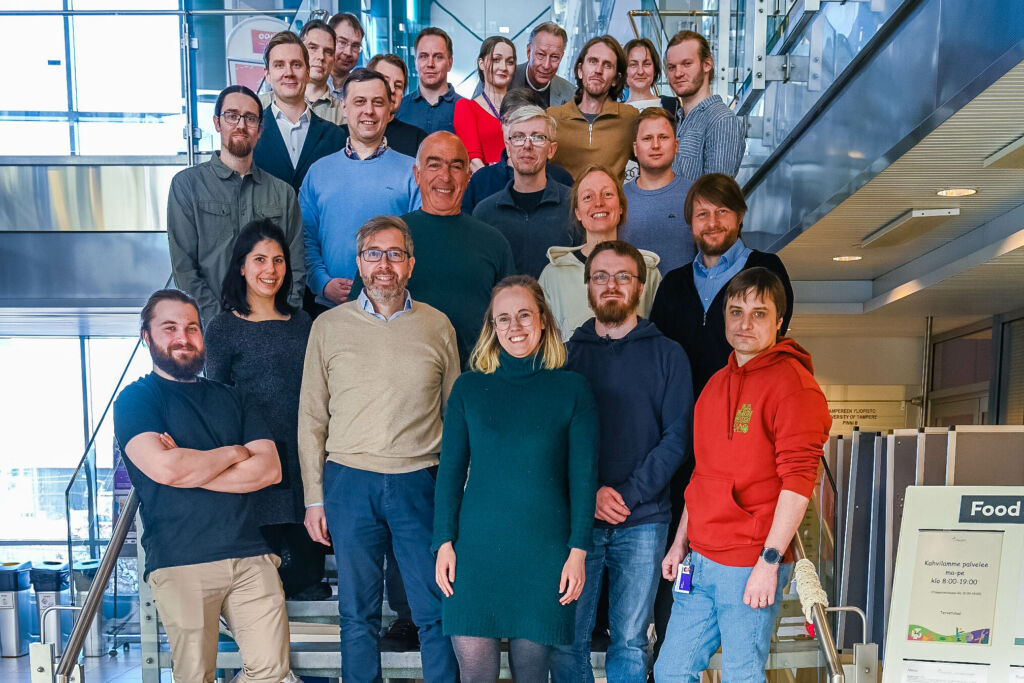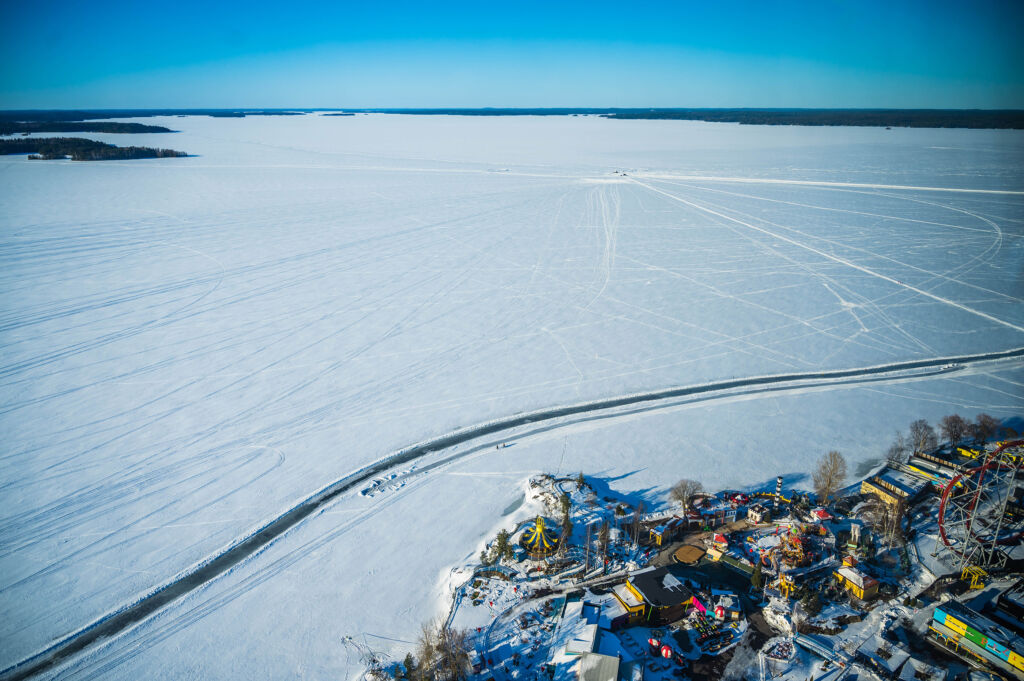M12 Project Meeting in Tampere
On March 30th and 31st, 2023, the SMELLODI project consortium held the M12 project meeting in Tampere, Finland.
Day 1 – March 30th, 2023
chemicals for citrus odors.
After the lunch break, the meeting continued with Dr. Rafael Gutierrez and Dr. Alexander Croy presenting the progress in WP4. The groups of TUD and FSU used a subset of 102 body odor molecules that were also present in a study by Keller et al. (2016). Using these molecules opens up the potential to combine chemical composition and perception and relate it to the body odor perception investigated within SMELLODI WP2, 5 and 6. Furthermore, the efforts to find descriptors for the prediction of receptor-analyte interaction and computational studies of sensing mechanisms for glycan receptors adsorbed on graphene were discussed.
Afterwards, WP6 was presented by Prof. Veikko Surakka, Dr. Pasi Kallio, and colleagues, who reported progress in building the 2-channel odor display device and preliminary electronic nose measurements, as well as their work plan for involving human participants in the testing loop. WP7 was presented by Dr. Viktor Bezugly and Timo Land, who discussed progress on chip distribution for functionalization and encouraged the other partners to get in touch to discuss measurement procedures. They also discussed plans for a new round of measurements with newly built devices with new sensor chips.
Day 2 – March 31st, 2023
On Friday, March 31st, the meeting began with administrative discussions led by Beate Brenner from TU Dresden. Important details were shared regarding the soon-to-start review procedure, amendment status, and shifts of deadlines for deliverables, subcontracting at FSU Jena, etc.
This was followed by Dr. Alexander Croy and Antonie Bierling presenting progress in WP8, which focuses on dissemination and communication activities. The activities conducted so far involve setting up a website, a Twitter channel, and participation at events such as the Long Night of Science in Jena. The group discussed the organization of an Open Science workshop and the implementation of a PhD training day. Prof. Cuniberti also initiated a more general discussion about SMELLODI’s goals and perspectives. After the lunch break, participants took a lab tour that showcased an odor display and a virtual reality application. The VR application allows users to grasp a fruit and experience its smell through a face mask.
Overall, the meeting was a great success and provided an opportunity for partners to discuss progress, challenges, and future plans for the SMELLODI project.

